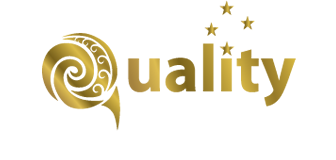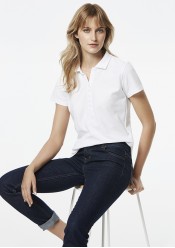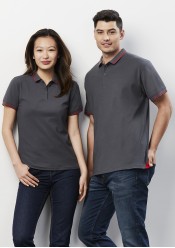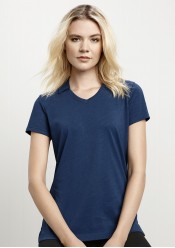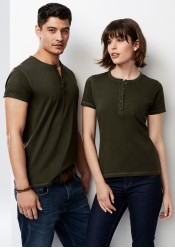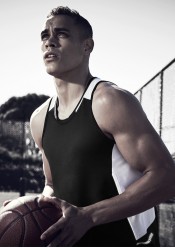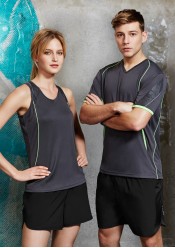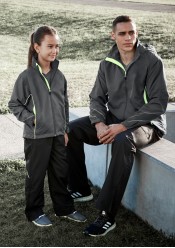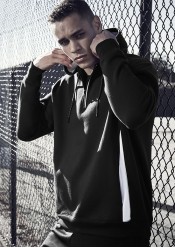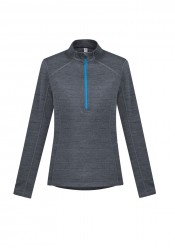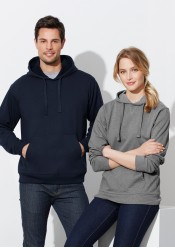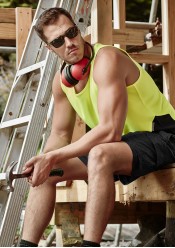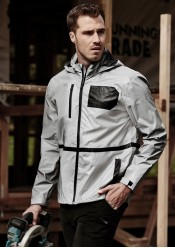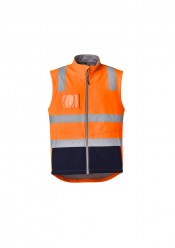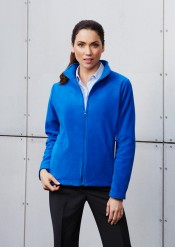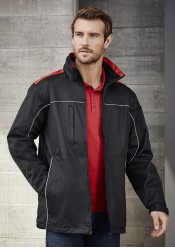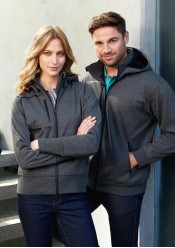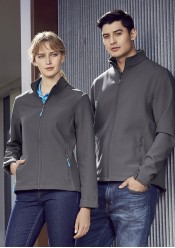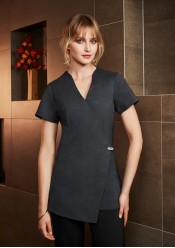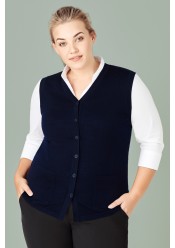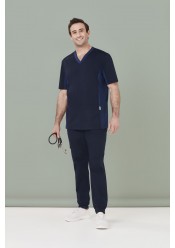Work Uniform Buying Guide: Features That Matter
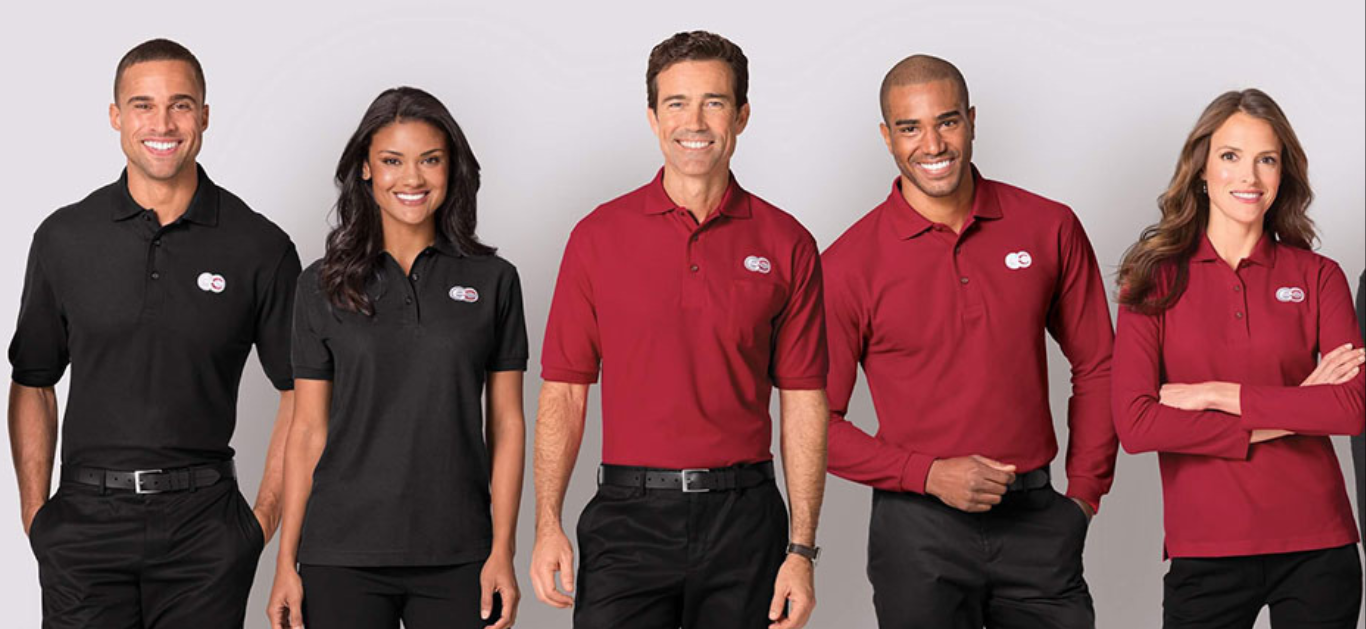
One does not buy a work uniform every day but when it is time to do that, it’s important to keep a few factors in mind. At Quality Uniforms, we offer a diverse range of uniforms of different occupations. Whether it is personalised workwear or branded uniforms that you are looking for, we’ve got you covered. In this blog, we will walk you through the various features of a work uniform that matter and should be kept in consideration while buying one.
1. Types of garments:
Work uniform styles encompass a wide variety of options to suit various industries and job roles - from casual yet professional-looking polo shirts, button-up shirts or formal suits for corporate settings; to scrubs, aprons and high-visibility(hi-vis) vests for industry-specific occupations. Different types of garments are suited for uniforms of different occupations since they all serve diverse purposes. Medical professionals wear scrubs and lab coats for hygiene and identification. While police officers don uniforms to establish authority and recognition, chefs wear specialised attire for kitchen safety. Uniforms of different occupations vary significantly to cater to specific job requirements and professional standards..
2. Clothing fabric:
Clothing fabric plays a crucial role in determining comfort, appearance, and durability. Different fabrics offer various properties, such as breathability, stretch, moisture-wicking, and warmth. Common options include cotton for softness, polyester for durability, and spandex for stretch. Selecting the right fabric ensures a pleasant and functional wearing experience.
3. Types of lining in garments:
It is easy to overlook this one but also, just as important not to forget about it. Garment linings are crucial components that enhance the comfort, durability, and appearance of clothing. While polyester lining is lightweight and smooth, nylon lining is durable, moisture-wicking, and is frequently used in active-wear. On one hand, cotton lining is natural, breathable, and comfortable for casual wear, Rayon lining is silky, anti-static, and ideal for formal wear. Types of lining in garments determine the overall quality and performance of the clothing, ensuring a comfortable and polished wearing experience.
4. Quality of garments:
The quality of garments directly impacts their longevity, comfort, and appearance. High-quality garments feature superior materials, precise stitching, and durable construction. They resist wear and tear, maintain colour and shape, and offer a comfortable fit. Investing in quality uniforms (pun intended) ensures satisfaction, reduced replacements, and a polished, professional image.
5. Cost of uniform:
The cost of uniform varies based on factors like fabric quality, customisation, and the quantity ordered. While high-quality uniforms may seem more costlier initially, they offer better durability and value in the long run. Balancing cost with the desired features ensures a cost-effective solution that maintains a professional image and employee satisfaction.
6. Uniform colours:
The choice of colours should consider the company's branding, industry norms, and the emotions or the message the company wishes to evoke. While navy blue looks professional and authoritative, black exudes sophistication and elegance. White has a clean appearance whereas grey is neutral and modern. Additionally, the practicality of maintaining and cleaning uniforms in certain colours should be considered to ensure longevity and a polished appearance.
However, as we discuss colours, one cannot deny that colourful uniforms add vibrance to workplaces. In industries like hospitality, entertainment, or childcare, bright and cheerful colours create a positive and welcoming atmosphere. High-visibility colours in safety uniforms enhance visibility in hazardous environments. Colourful uniforms not only reflect company identity but also boost employee morale and leave an impression on customers. This also makes it important to select a suitable colour scheme for work uniform - one which aligns with the company's brand colours and conveys the right emotions.
7. Company uniform design:
Designing a company uniform involves research and analysis to understand the company's brand identity, values, and target audience. Professional uniforms play a vital role in establishing a sense of authority, trust, and competence in the esteem of the clients and the public.
When it comes to company uniform design,we can’t not discuss branded uniforms. They are, after all, custom work uniforms that prominently display a company's logo, colours, or other distinctive branding elements serving as a powerful marketing tool. Personalised workwear with the company logo or colours creates a professional appearance for employees. One aspect to focus on is that the logo on uniform should be appropriately sized and positioned, since it elevates the company's visibility and leaves a lasting impression.
